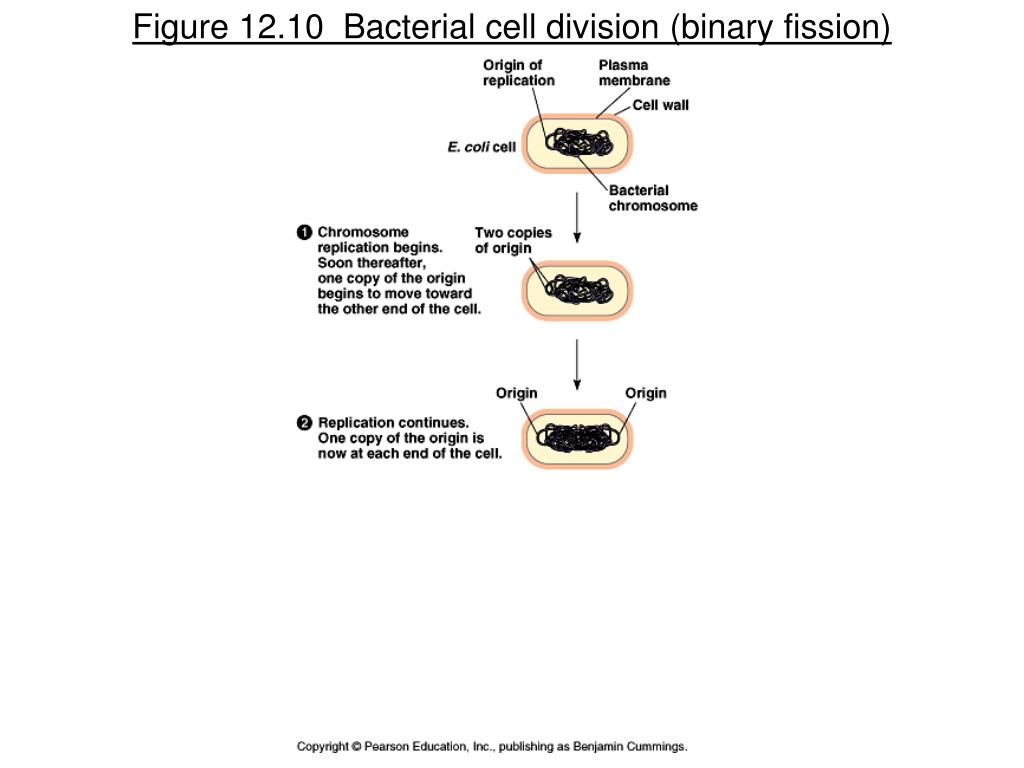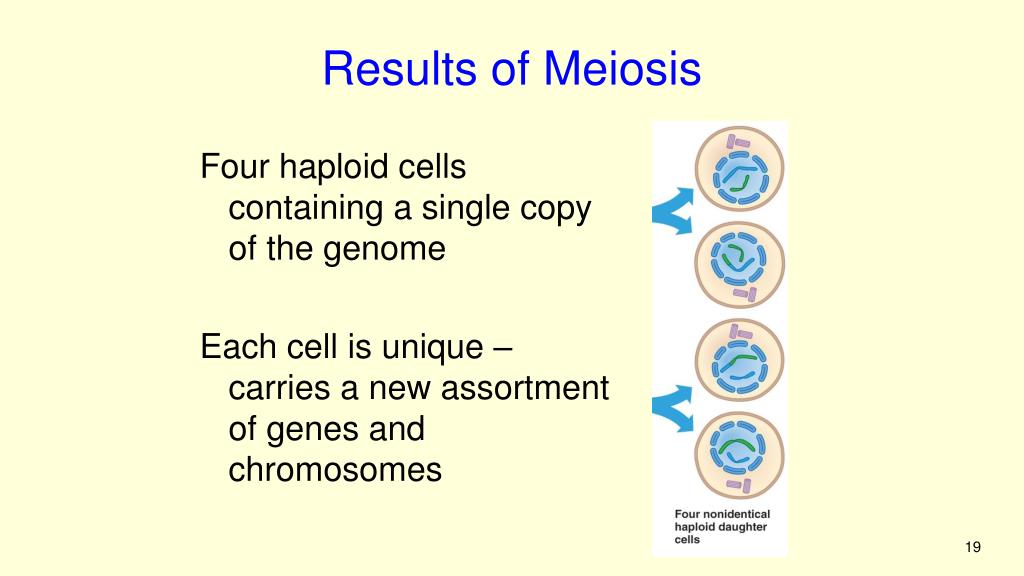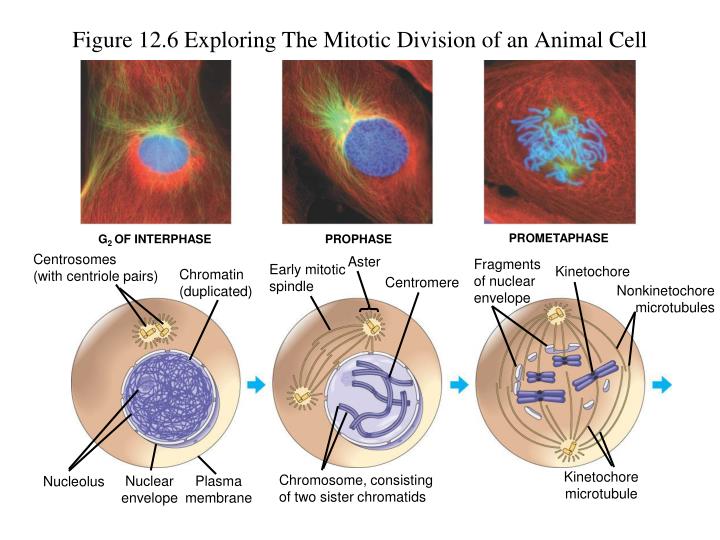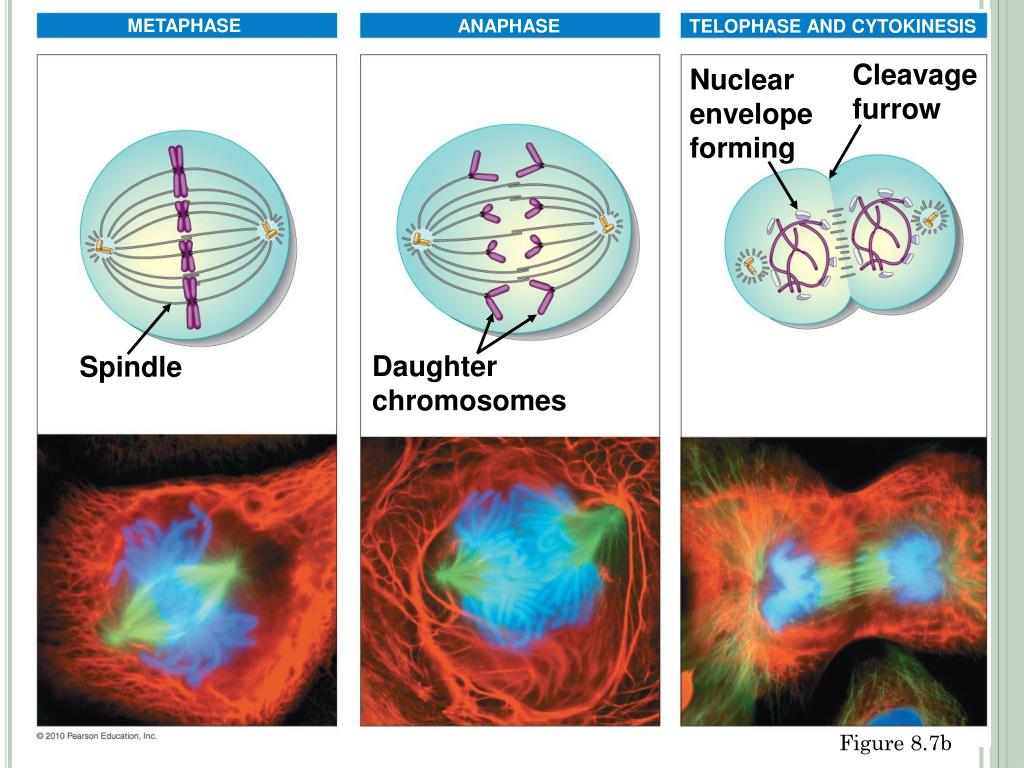

The alterations in nuclear transport are regularly identified in affected neurons associated with human neurodegenerative diseases.

The NE and NPCs regulate nuclear transport but are also emerging as relevant regulators of chromatin organization and gene expression. The bidirectional exchange of molecular cargoes across the nuclear envelope (NE) occurs through nuclear pore complexes (NPCs), which are aqueous channels embedded in the nuclear envelope. The study of these transport phenomena is particularly challenging in neurons because of their highly polarized structure. Some ribosomes are attached to the outside of the nuclear envelope.ġ.Transport of proteins, transcription factors, and other signaling molecules between the nucleus and cytoplasm is necessary for signal transduction. Ribosome – a structure in the cell that makes proteins.Lipid bilayer – a double layer of lipid molecules the outer cell membrane and the nuclear envelope are each made up of a lipid bilayer.Nucleus – central structure in a cell that contains the cell’s genetic material.Cytoplasm – all the material in a cell excluding the nucleus.With further research, scientists may better understand the uniqueness of plant cell nuclear membranes. Animal cells have centrosomes, structures that help organize DNA when the cell is preparing to divide plants lack these structures and appear to rely entirely on the nuclear membrane for organization during cell division. Plant nuclear membranes lack many of the proteins that are found on the nuclear membranes of animal cells, but they have other pore membrane proteins that are unique to plants. Much more is known about animal and yeast cell nuclear membranes than those of plant cells, but the knowledge gap is decreasing thanks to recent research. The figure below shows a nuclear pore close-up:ĭifferences Between Nuclear Membranes in Plant and Animal Cells The nuclear membrane eventually breaks down and is reformed around the nuclei of each of the two daughter cells. They also connect the outer and inner membranes.ĭuring cell division, more nuclear pores are formed in the nuclear membrane in preparation for cell division. Each nuclear pore is made up of about 30 different proteins that work together to transport materials. They are made up of large complexes of proteins and allow certain molecules to pass through the nuclear membrane. Nuclear pores pass through both the outer and inner membranes of the nuclear membrane. The nuclear lamina is only found in animal cells, although plant cells may have some similar proteins on the inner membrane. It structurally supports the nucleus, plays a role in repairing DNA, and regulates events in the cell cycle such as cell division and the replication of DNA. This network of fibers and proteins attached to the inner membrane is called the nuclear lamina. The inner membrane contains proteins that help organize the nucleus and tether genetic material in place. It is connected to the endoplasmic reticulum, a cell structure that packages and transports proteins. The outer layer of lipids has ribosomes, structures that make proteins, on its surface. Like the cell membrane, the nuclear membrane is a lipid bilayer, meaning that it consists of two layers of lipid molecules. The nuclear membrane surrounds the nucleus of the cell. This protects genetic information from mixing with other parts of the cell, and allows different cellular activities to occur inside the nucleus and outside the nucleus in the cytoplasm, where all other cellular structures are located. Only certain proteins can physically pass through the double layer.

It does so by being selectively permeable. It also manages what materials can enter and exit the nucleus. The envelope also contains a network of proteins that keep the genetic material in place inside the nucleus. If molecules that stay in the cytoplasm were to enter the nucleus, they could destroy part of the cell’s DNA, which would stop it from functioning properly and could even lead to cell death. The nuclear membrane is a barrier that physically protects the cell’s DNA from the chemical reactions that are occurring elsewhere in the cell. It also contains many proteins that are used in organizing DNA and regulating genes.

The nuclear envelope protects the cell’s genetic material from the chemical reactions that take place outside the nucleus. A cell has many jobs, such as building proteins, converting molecules into energy, and removing waste products. It is found in both animal and plant cells. The nuclear membrane, also called the nuclear envelope, is a double membrane layer that separates the contents of the nucleus from the rest of the cell.


 0 kommentar(er)
0 kommentar(er)
